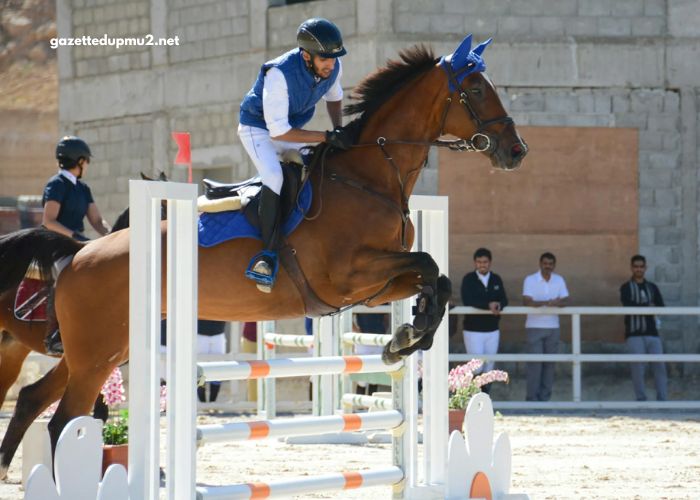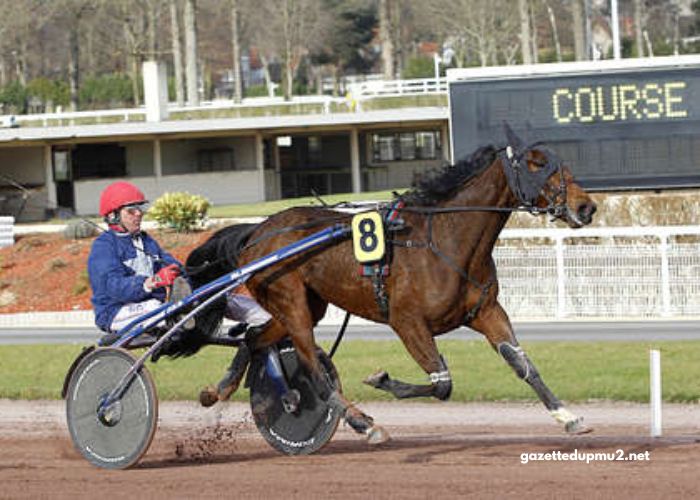In the intricate world of turf betting, where every decision counts, understanding “Elimination Des Chevaux” (Elimination of Horses) is crucial for bettors aiming to maximize their chances of success. This strategy involves the systematic process of eliminating horses from consideration based on various factors to narrow down potential winners. Whether you’re a novice or seasoned bettor, mastering the art of horse elimination can significantly enhance your betting strategy and overall experience.
What is Elimination Des Chevaux?
Elimination Des Chevaux refers to the strategic process of excluding certain horses from consideration when placing bets on horse racing events. Rather than focusing solely on selecting potential winners, this approach emphasizes identifying horses that are unlikely to perform well based on specific criteria. By narrowing down the field, bettors can refine their selections and potentially improve their chances of selecting winning horses.
How Does Elimination Des Chevaux Work?
The process of Elimination Des Chevaux involves evaluating multiple factors that can influence a horse’s performance in a race. These factors typically include.
- Recent Form and Performance: Assessing the horse’s recent race performances, including finishes, times, and consistency.
- Track Conditions: Considering how the current track conditions, such as surface type (turf, dirt), weather (dry, wet), and track configuration (flat, undulating), may impact the horse’s performance.
- Jockey and Trainer Statistics: Reviewing the success rates of the jockey-trainer combination and individual records in similar race conditions.
- Distance and Class: Evaluating whether the horse has previously demonstrated success at the race distance and class level of the current race.
- Fitness and Health: Taking into account any recent injuries, layoffs, or fitness concerns that may affect the horse’s readiness to compete.
By systematically analyzing these factors, bettors can identify horses that are less likely to perform well in the upcoming race, thereby eliminating them from consideration as potential bets.
Benefits of Using Elimination Des Chevaux
Incorporating Elimination Des Chevaux into your turf betting strategy offers several advantages.
- Focused Selection Process: Streamlining the betting process by narrowing down potential contenders, allowing for more focused decision-making.
- Improved Risk Management: Reducing exposure to horses with lower chances of winning, potentially minimizing losses over time.
- Enhanced Research Skills: Developing a deeper understanding of horse racing dynamics and factors influencing race outcomes.
- Potential for Value Bets: Identifying overlooked horses that may have higher odds but still possess the potential to outperform expectations.
Tips for Implementing Elimination Des Chevaux Effectively
To optimize your use of Elimination Des Chevaux and integrate it effectively into your turf betting strategy, consider the following tips.
- Consistent Evaluation: Regularly update your assessments based on new information, such as recent race results and changes in track conditions.
- Combine with Selection Criteria: Use Elimination Des Chevaux alongside other selection criteria, such as form analysis and expert insights, to refine your final betting decisions.
- Track Performance: Keep records of your betting outcomes and the effectiveness of your elimination strategy over time to identify patterns and areas for improvement.
- Stay Informed: Stay abreast of industry news, horse racing trends, and developments that may impact race outcomes and betting odds.
Conclusion
Elimination Des Chevaux represents a strategic approach to turf betting that emphasizes thoughtful analysis and informed decision-making. By systematically eliminating horses that are less likely to perform well based on comprehensive evaluation criteria, bettors can enhance their chances of selecting winning horses and improving their overall profitability.




